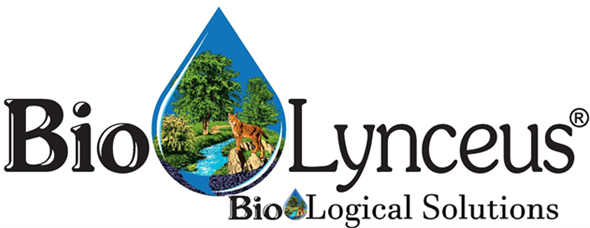Have you seen our trainer’s lately?
The management of wastewater treatment, specifically sewage wastewater sludge and the residual sludge is a operational and management concern for sewer and treatment professionals. We provide training to wastewater treatment operators to help identify new technologies in wastewater and solids handling. Wastewater treatment processes can be improved by using biotech to improve sludge removal and sludge disposal. We provide training on Solids Handling. Here is the curriculum content:
Solids Handling, A New and Cost Effective Strategy for Removing Sludge from Wastewater Lagoons and Treatment Plants
Solids Handling for the removal of sludge deposits including how the process works. Discussion of different methods of sludge removal, how to determine your cost of removal and some new and accepted alternatives to mechanical extraction processes. Attendees will learn methods you can use today to improve your ROI in wastewater treatment processes. This session covers how to save municipal waste water system tens or even hundreds of thousands of dollars in removal costs and will discuss how sludge calculators can help operators determine their sludge levels, including the cost of management of sludge using a financial calculator created to help systems determine their sludge management costs.
Every wastewater facility is facing a growing sludge problem. Whether known or unknown, sludge handling and accumulation are becoming more regulated every year. In Solids Handling operators will learn valuable information about reducing sludge build-up in lagoons and processing plants, along with new proposed monitoring requirements for sludge and how to address the issue before it becomes regulated. Solids Handling will include analytical from wastewater facilities around the country and how wastewater operators have saved as much as $1.2 million in dredging costs. Along with annual cost savings, operators will learn how to delay or even eliminate some of the cost of expensive retrofits and how to increase the productivity of existing operations. This presentation will include instruction on how to sludge judge a wastewater lagoon and create a sludge profile.
For additional information on our training programs, or to attend a training, please contact us: sales@biolynceus.net
